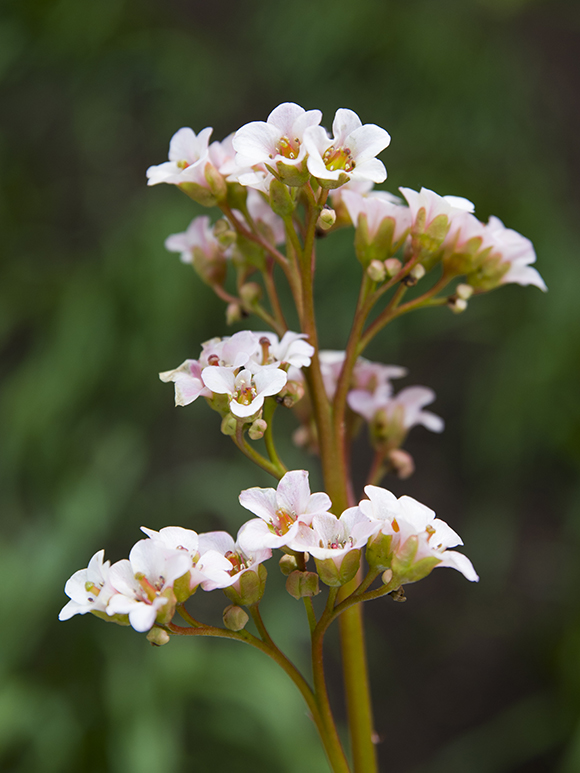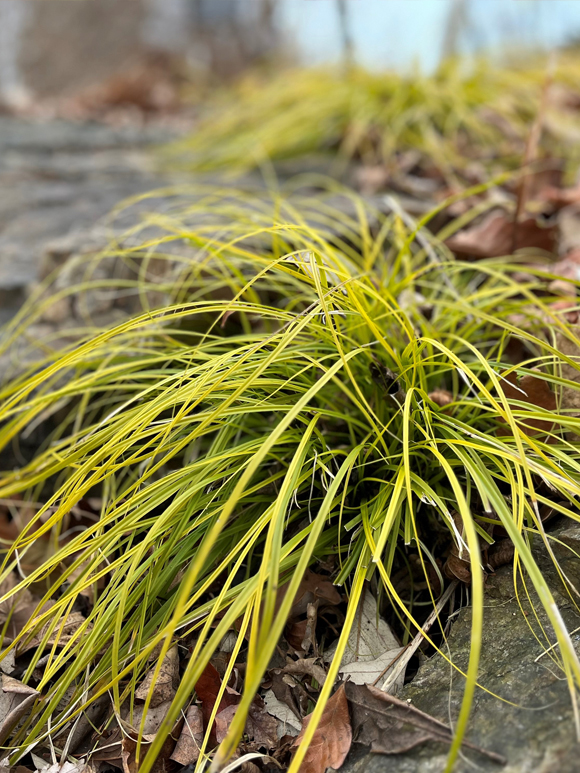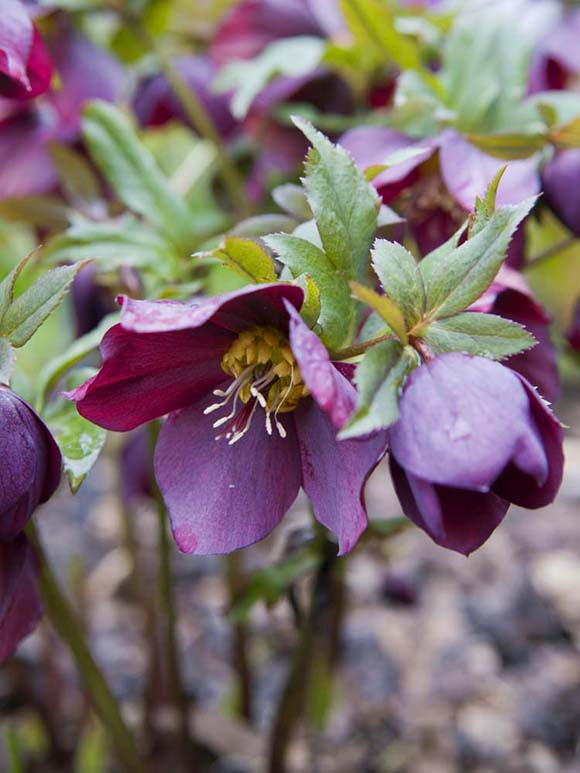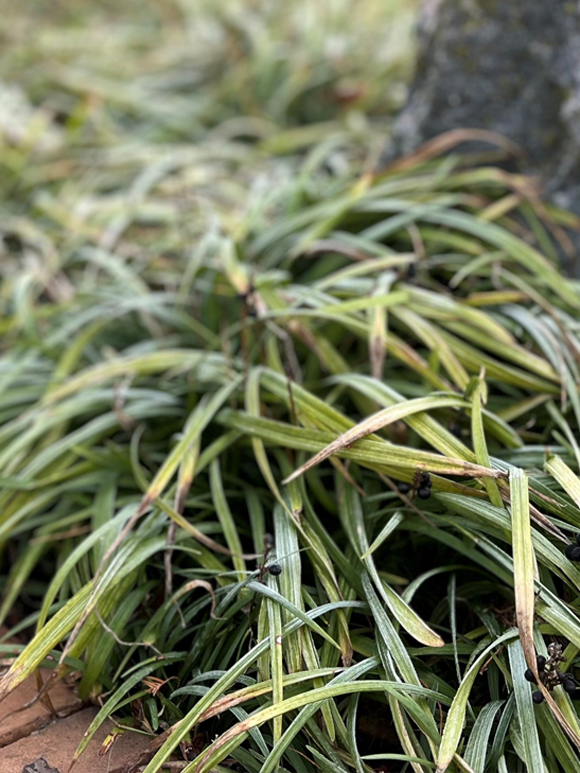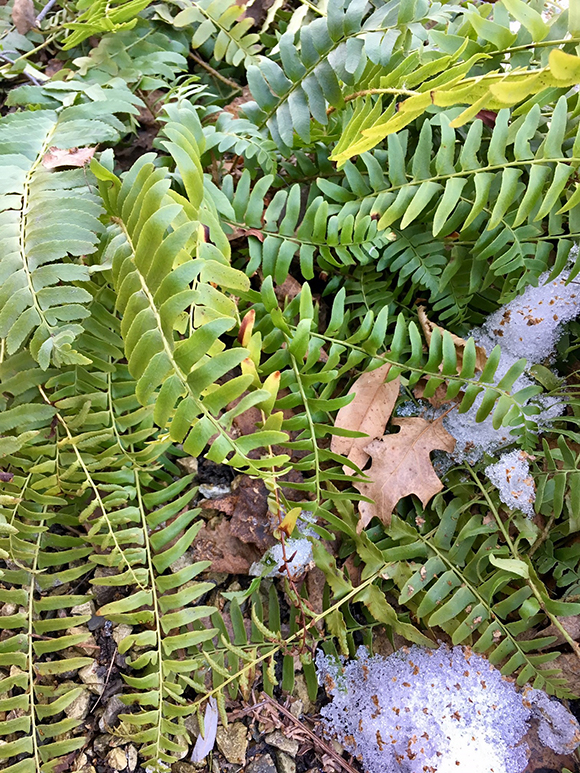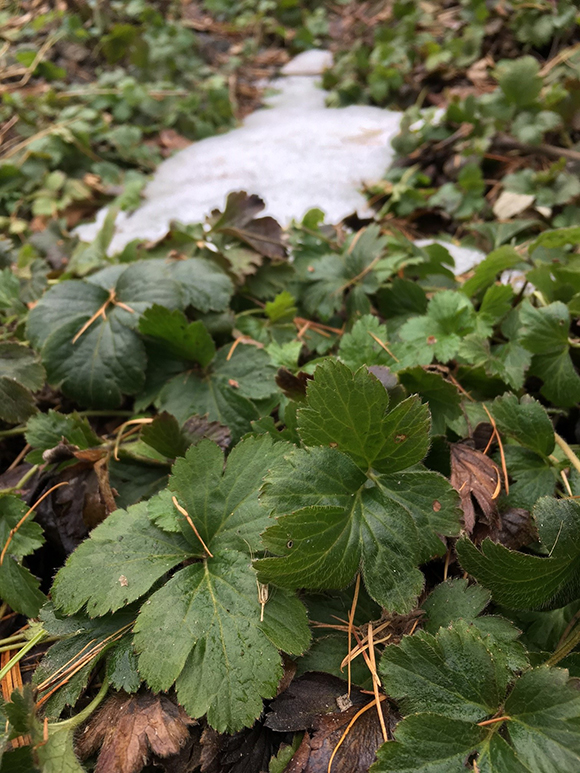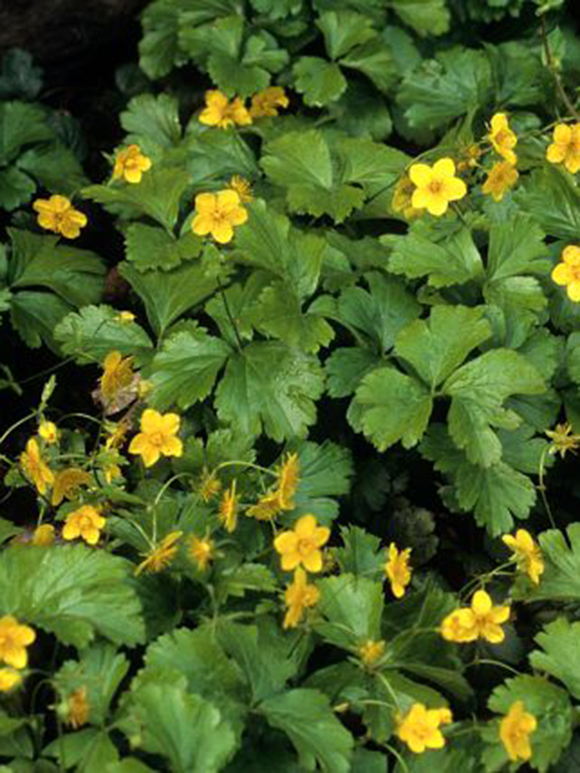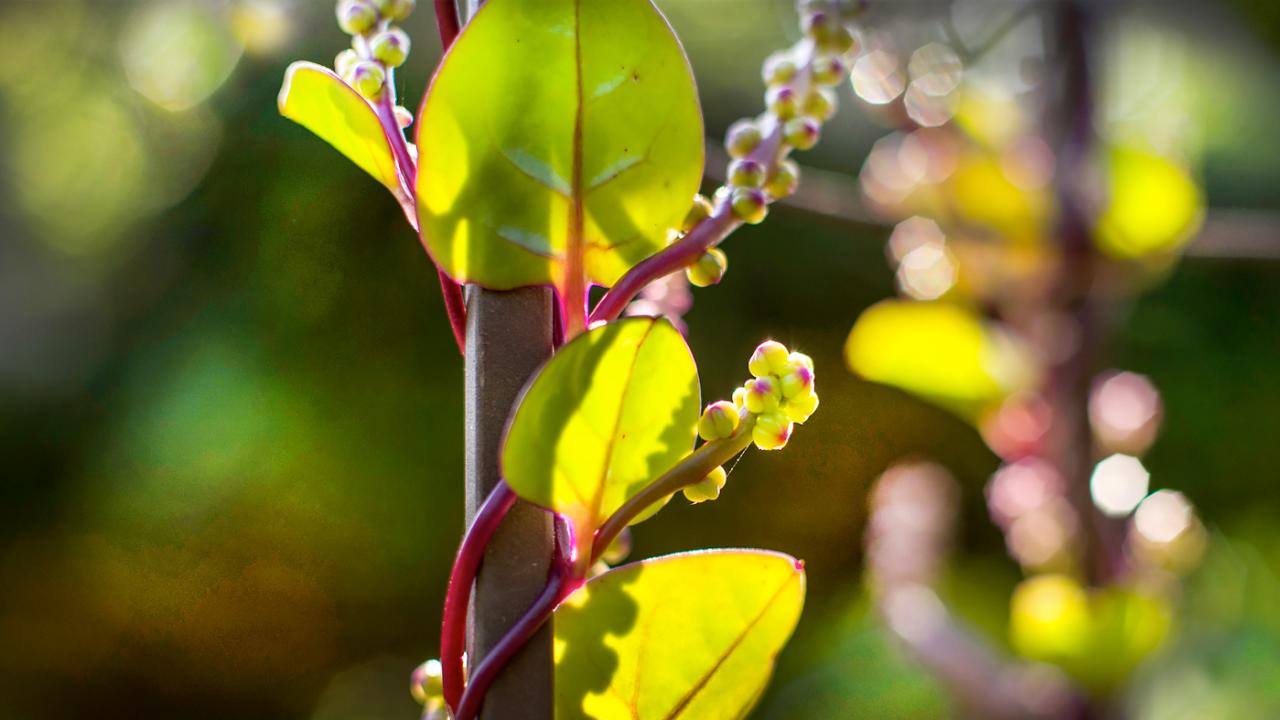

Plants &
Gardening
Garden Stories
Winter color outside? Yes, please
Evergreen perennials brighten up the season
When you consider the possibilities of seasonal polar vortexes, burying blizzards, and Antarctica-like temps, you might wonder how any plants can survive a Chicago winter—and even hold on to a welcome splash of color.
As curator of plant collections at the Chicago Botanic Garden, I’ve got some ideas on evergreen perennials you can plant to brighten up the winter with bits of green, silver, mahogany, and more.
Breaking down evergreen perennials
First, some background. Most perennials are deciduous. They go dormant when their above-ground parts die in the fall and then rely on the energy and nutrient reserves stored in underground roots during the winter.
Why do they stay green so long? Well, evergreen leaves contain what’s called lignin— the same polymer in the cell walls of woody plants—throughout their veins and surrounding tissues. This makes them waxy, durable, and less prone to wilt or tear. These leaves are also less likely to get diseases or be browsed by critters. But the main reason that a perennial has evergreen leaves is to provide a place to store energy and nutrients while dormant.
The leaves are tricky
Evergreen perennials can be vulnerable to winter burn. This happens in February or March when leaves become dehydrated while exposed to sunlight or wind. They might appear tattered or dead. Snow cover usually protects the leaves by shading them and insulating the ground. Since snow accumulations are unreliable, it helps to plant evergreen perennials on the north or east sides of a structure to provide shade in late winter because the sun is lower. Applying mulch will also help insulate the ground.
The energy and nutrient reserves within evergreen leaves are used by new growth in the spring. This is why most evergreen perennials do not shed their original leaves until the fresh leaves have formed. Prematurely removing last year’s leaves can weaken the plant and cause less flowering, so please resist the urge to cut them off until new growth begins to appear.
Greening up your winter
If your garden feels drab right now, start considering places to add evergreen perennials. Think about adding them in places that you frequent in the winter, such as near a front door. Shrubs with evergreen foliage or colorful twigs make great companions to evergreen perennials and help provide additional winter interest. While both spring and fall are the best times to plant perennials, it is easiest to find what you want in the spring, when nurseries are freshly stocked.
The best Chicago area evergreen foliage perennials
Pigsqueak
(Bergenia cordifolia)
Bergenias have 1-foot-tall, leathery, paddle-shaped leaves that turn a mahogany color in the fall and winter. In early spring, clusters of pink flowers are held on thick stems. Blooms are sometimes seen during cooler weather in autumn. Plant bergenias in a partly sunny spot that is moist, but not wet. The common name, pigsqueak, comes from the sound that is made by rubbing a leaf between your fingers. You’ll find several varieties of bergenia that are being evaluated in the Shida Evaluation Garden.



